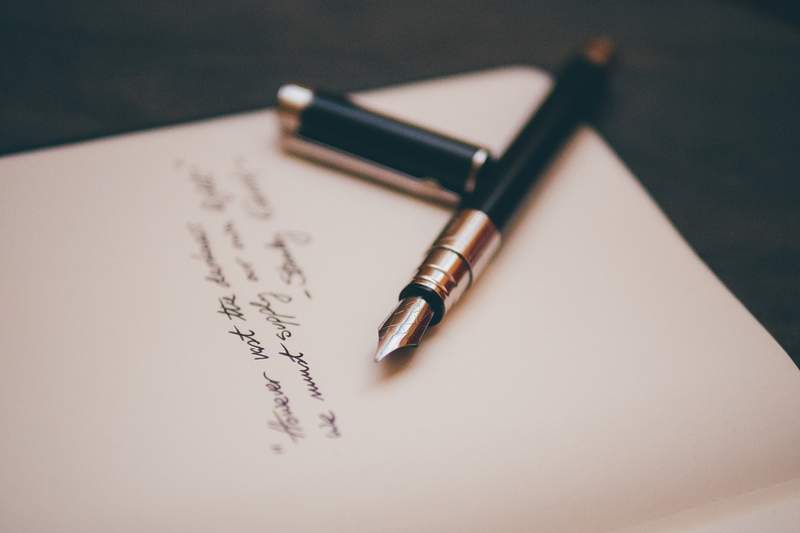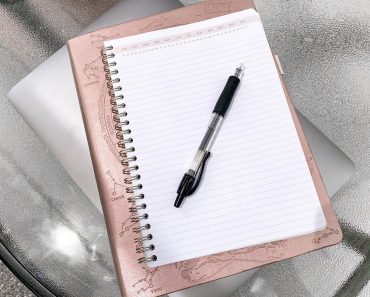There are several themes in each book that you’ve read. Different chapters tend to concentrate on various elements of life, so it’s only natural that many issues are addressed throughout these. There is, however, one constant element in every excellent piece of writing – can you figure out what it is?
Let’s look at a well-known book: The Kite Runner, by Khaled Hosseini, which follows a winding path of themes such as childhood memories, friendship, war, and redemption. However, there are recurring sub currents of home running through the lovely narrative. While the narrator’s country is described in the first part of the story; the second and third parts prove his sentiment of missing his homeland and his desire to right things.
In essence, the novel’s aesthetic is what gives it a sense of home.
The ambience is the inward mood in which events occur in a tale, and it has an impact on readers. You may have a compelling narrative with powerful symbolism, but without a consistent aesthetic, it would be meaningless to your audience.
The aesthetic of Khaled Hosseini’s work is everything that comprises the beautiful and terrible history of his nation of Afghanistan. Franz Kafka’s style is characterized by surrealism amid routine. The vivid description of Gregor Samsa’s daily activities (as well as Kafka’s reputation for magical realism) helps to distinguish The Metamorphosis as a work of art rather than some nonsense about a man turning into a cockroach.”

Why Your Aesthetic Matters
A story aesthetic stimulates the reader’s subconscious from a psychoanalytical standpoint. While your attention is focused on the ‘face value’ of events in a piece of writing, your subconscious reaches for the subtext. You can be moved, saddened, or overwhelmed by the narrative; nevertheless, there is always an underlying sensation at the back of your mind that keeps you engaged with it. This sensation is difficult to define because communicating between your conscious and subconscious minds necessitates much effort.
Have you ever had a difficult time trying to explain a fantastic book to someone while they inquire about your thoughts on it? Even though you loved it tremendously, you’re not sure how to express yourself. That is the result of its visual appeal.
This is why you should understand your style: it allows your writing to be recognized.

How to Create Your Aesthetic
All that nuance about the conscious vs subconscious mind may have been a little confusing, but finding your style is simple.
1. Examine your past work for feeling.
Even if you haven’t planned it, your stories may follow an aesthetic. That makes perfect sense: given that what you read will have an impact on your writing style, it’s only natural for you to subconsciously develop a concealed emotion that runs through your work. Nonetheless, wouldn’t it be worth trying to create this deliberately for the next piece? When I did so, the difference was apparent to me.
2. Start with a plan
What kind of overall impression do you want to leave on the reader’s mind? It might be anything from delight to optimism to despair or even nostalgia. Allow your hands to work their magic once you’ve decided on this; your writing will naturally include undertones of the emotion you’d like to communicate.
3. It’s all in the editing
The conscious effort, then, is not focused on writing; it’s focused on editing. Writing strong material isn’t the result of extensive editing, but rather a thorough editing. You’ll be able to see the parts that adhere to your style and those that don’t when you examine your work carefully. It’s not necessary to get rid of the irrelevant details, however, it helps to make sure they contribute flavour to the narrative.
Read through your existing work to learn your aesthetic. What pieces of writing make you the proudest? Is there a sense of connection or emotion among them? You may not be able to pinpoint exactly what it is, but there would be something identifiable. And that’s all you need in order to discover the aesthetic that makes your writing effective and distinctive.



